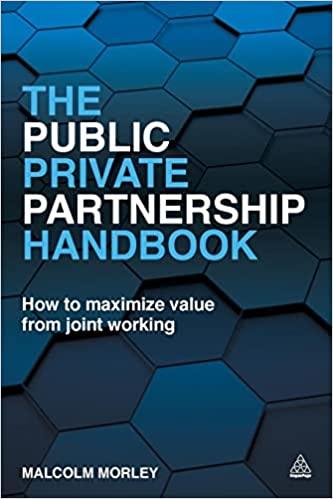Question
A med-tech company based in Germany is considering to launch a new medical device in Brazil. In less than two hours, the management board meets
A med-tech company based in Germany is considering to launch a new medical device in Brazil. In less than two hours, the management board meets to decide about whether or not to pursue this project. Your job is it to come up with a rough assessment of the financial value of that project. To facilitate the investigation, your assistant has provided you with a broad range of information, which you now try to compile into a standard valuation framework.
About the project:
The project takes place in Brazil. The idea is to use an existing device which has been successful in Europe and tailor it to the South American market. There will be two sources of income associated with the project: Revenues collected from selling the device as well as recurring service fees from owners of the device. More on this later. Let us first have a look at the infrastructure that is needed to run the project as well as the various preparatory activities:
To produce the devices in Brazil, new machines will have to be acquired for a total investment of 35 million Brazilian Real (BRL) at the beginning of the project. This investment is linearly depreciated over the useful life of 5 years.
During year 2, the machines need replacement investments of BRL 6 million, and during year 4, the required replacement investment is BRL 3 million. These additional investments are depreciated linearly over two years. Depreciation of the replacement investments starts right in the year of the respective investment.
At the end of the project, the machines will be sold for BRL 5 million (any revaluation gain/loss constitutes taxable income).
Production can be hosted in own facilities. These facilities are currently rented out to commercial tenants, who pay an annual rent of BRL 500000. Also the whole project administration can be hosted in own facilities. The market rent for these facilities is BRL 200000. However, the office space is currently empty and there is no potential tenant in sight. Rent (for both production and office buildings) is indexed to the Brazilian inflation, which is expected to be 5% per year. 2
In preparation for the project, the CEO has made several trips to Brazil and several members of the Brazilian management team have travelled to the corporate headquarter in Germany. Total travel expenses amounted to BRL 350000. If the project takes place, it is expected that the CEO will have to make a few more trips to Brazil during the first year of the project. The expected expenses are BRL 300000. Also in preparation for the project, the company has made extensive market analyses as well as several feasibility studies. The total cost of these activities was BRL 4 million. Half of it is payable in 1 year. With respect to the market development and the other operating expenses, your assistant has come up with the following information:
The marketing department expects that 2000 devices will be sold in the first year of the project and that the number of units sold will increase by 10% per year thereafter. The expected sales price is BRL 10000 in the first year. Thereafter, the sales price will grow at the expected rate of inflation of 5% per year.
A significant part of the components of the device will be sourced internally from another division. The internal transfer price is BRL 7000 (also growing at 5% p.a.). However, you know from informal discussions with people from the producing division that the marginal cost of producing those additional units is only BRL 5000 (again growing at 5% p.a.). Also, you know that there are no capacity constraints.
The devices are sold with a service agreement that covers the 6 years following the purchase. The service starts in the year after the purchase (that is, the first service income will result in year 2, based on year ones number of units sold). For year 2, the service fee is set to BRL 1000 per unit. Also this price is adjusted each year to account for the expected inflation of 5%.
The operating cost of providing the services accounts to 40% of service revenues. At the end of the project (in 5 years), all service agreements will be sold for BRL 15 million to another company. This constitutes a taxable income.
Incremental selling, general, and administrative expenses account for 5% of expected total revenues (devices and services).
Moreover, at the beginning of the project, the company has to build up additional net working capital of BRL 800000. This additional net working capital will be used up linearly over the five years of the project.
The income tax rate in Brazil is 35%.
Based on all this information, compute the following:
1. The project's incremental net cash flows in BRL
2. The NPV of the project, assuming the relevant cost of capital is 15%
3. The IRR as well as the payback of the project.
4. Was it worthwhile to launch that project originally? And should the firm proceed with it?
Step by Step Solution
There are 3 Steps involved in it
Step: 1

Get Instant Access to Expert-Tailored Solutions
See step-by-step solutions with expert insights and AI powered tools for academic success
Step: 2

Step: 3

Ace Your Homework with AI
Get the answers you need in no time with our AI-driven, step-by-step assistance
Get Started


